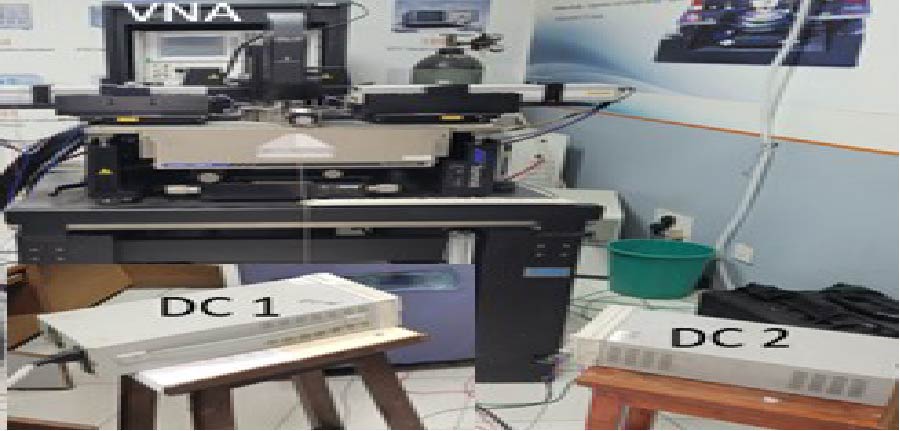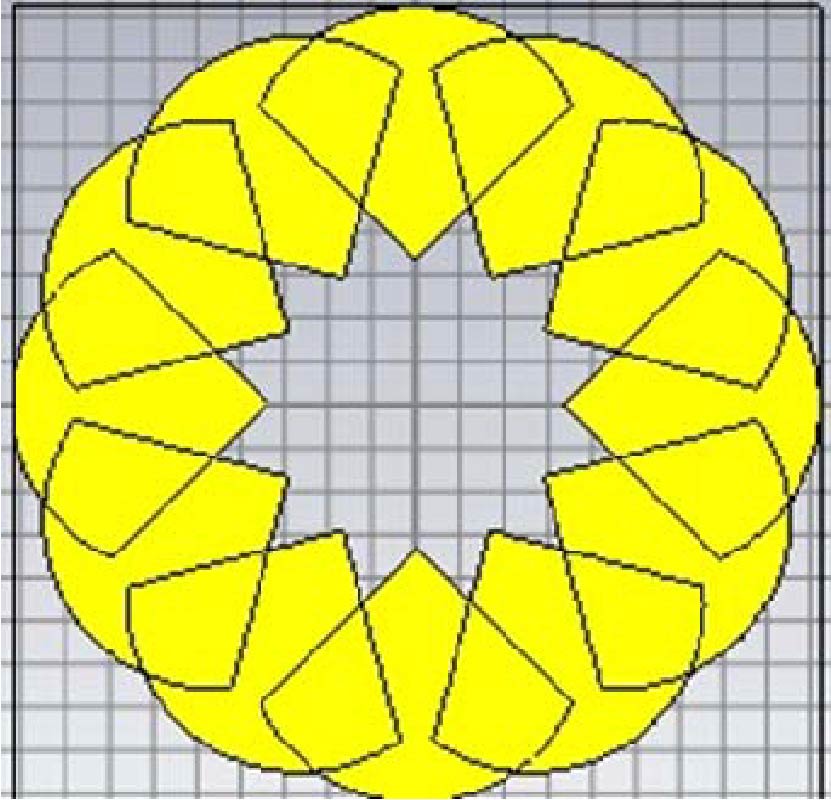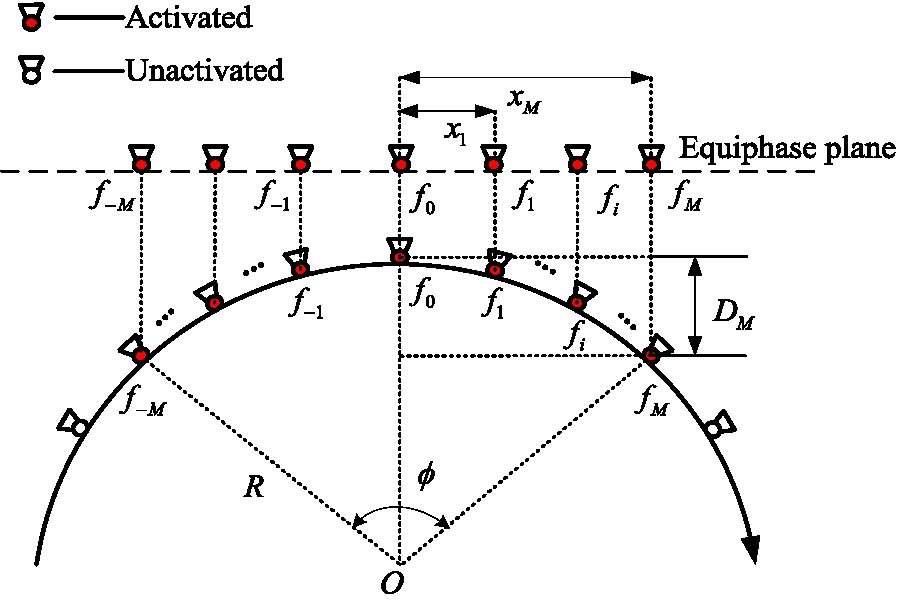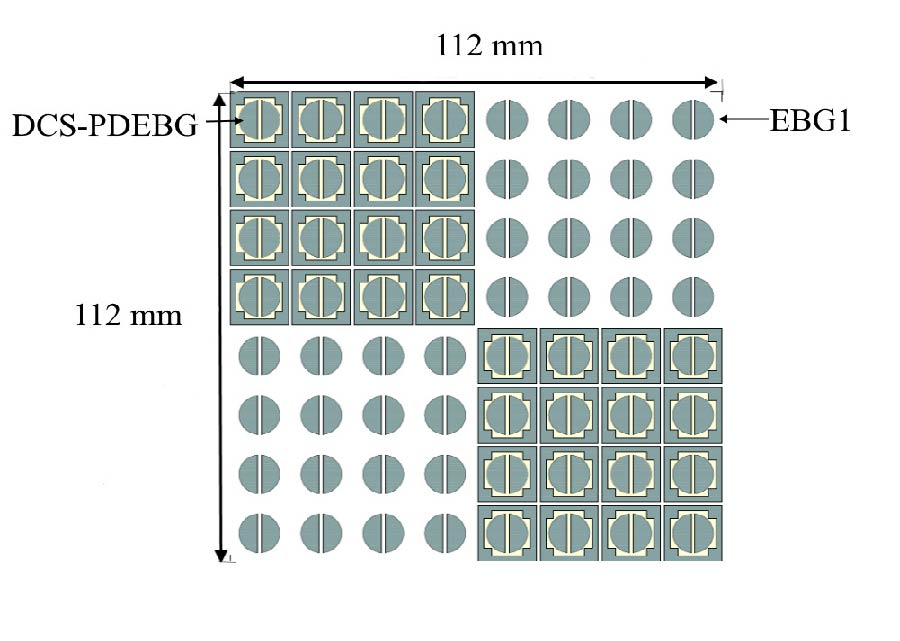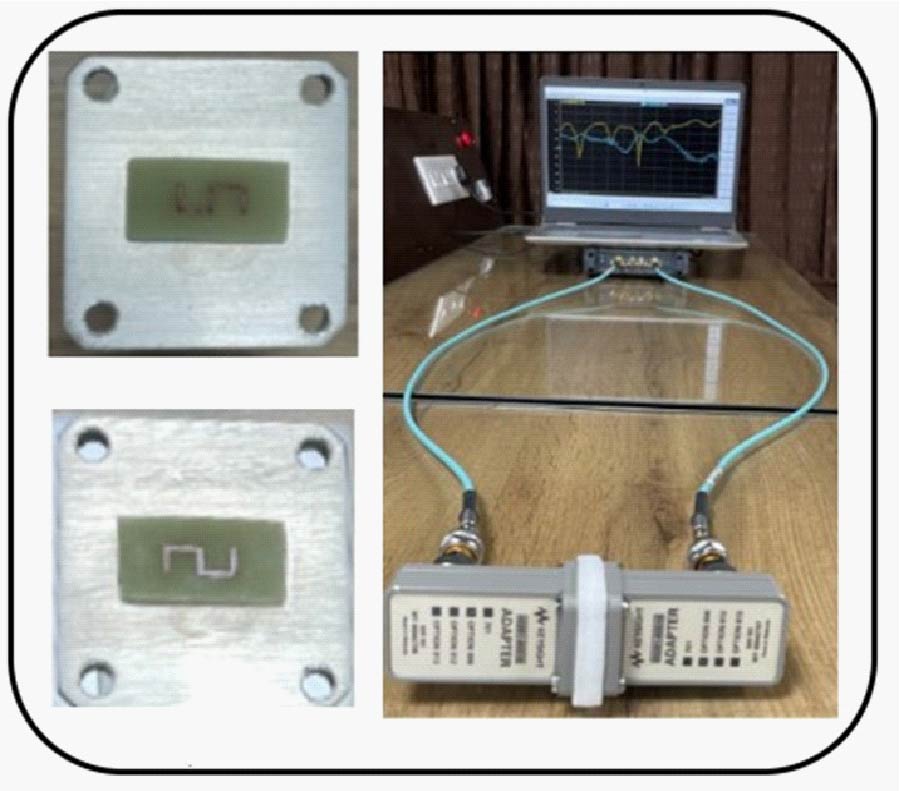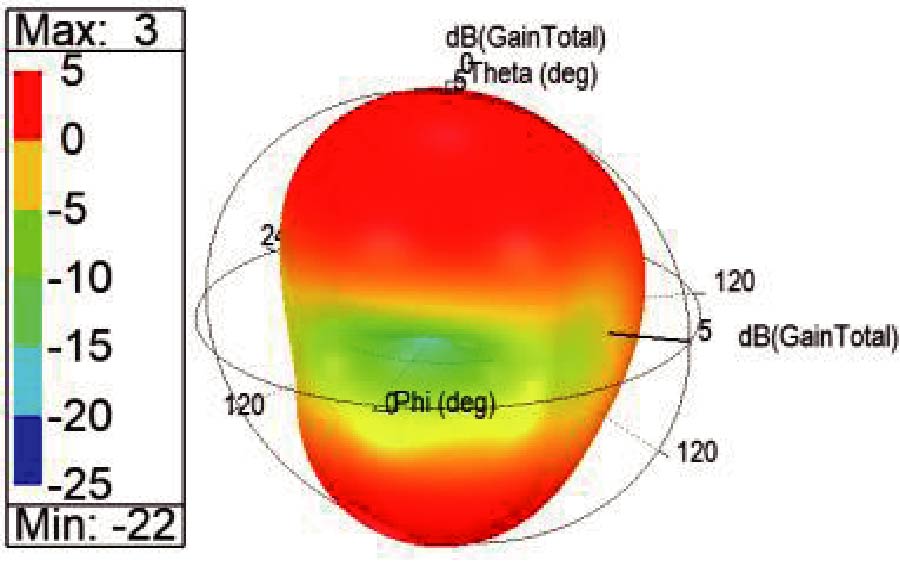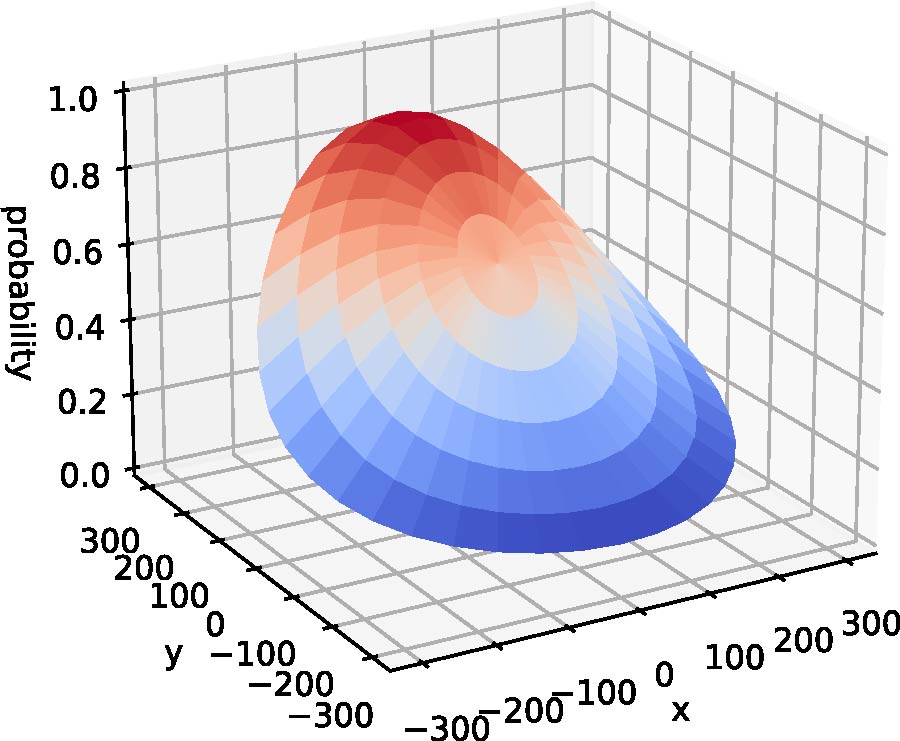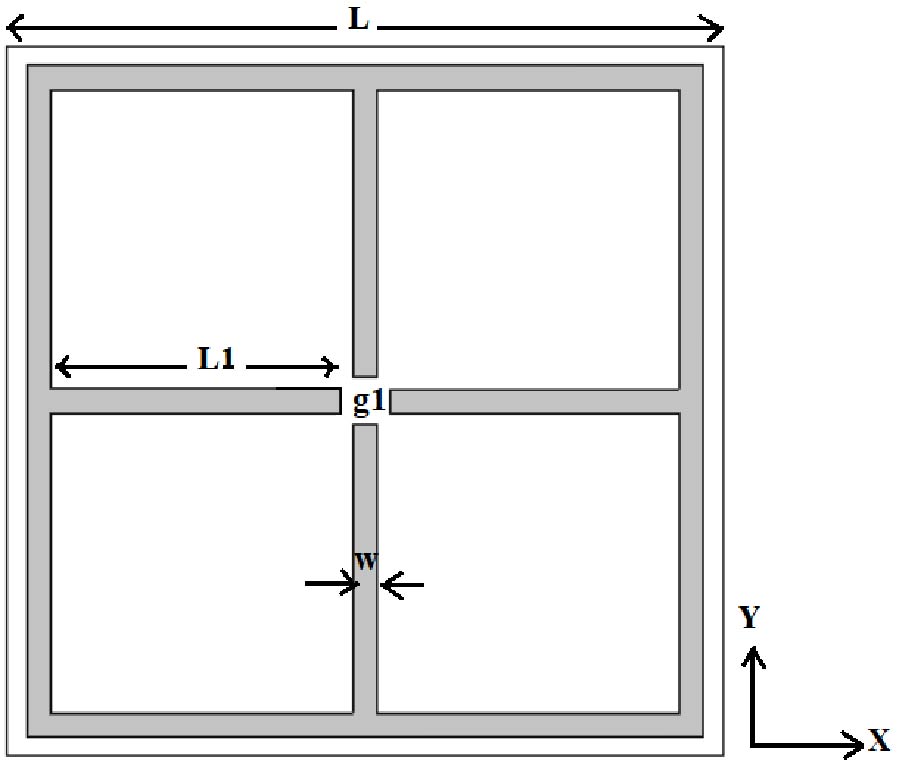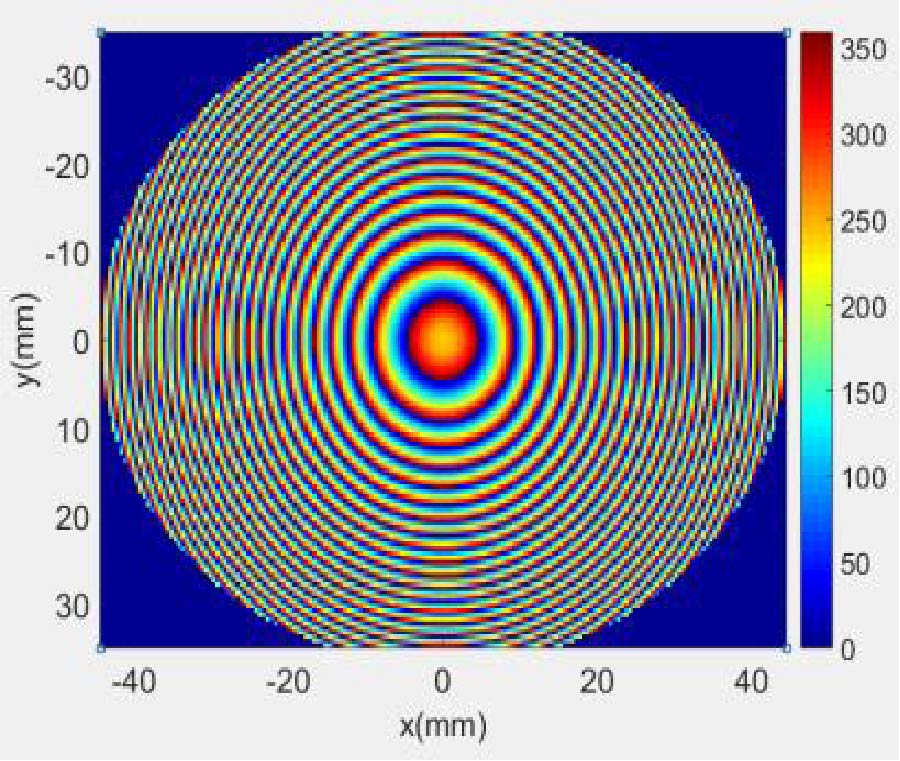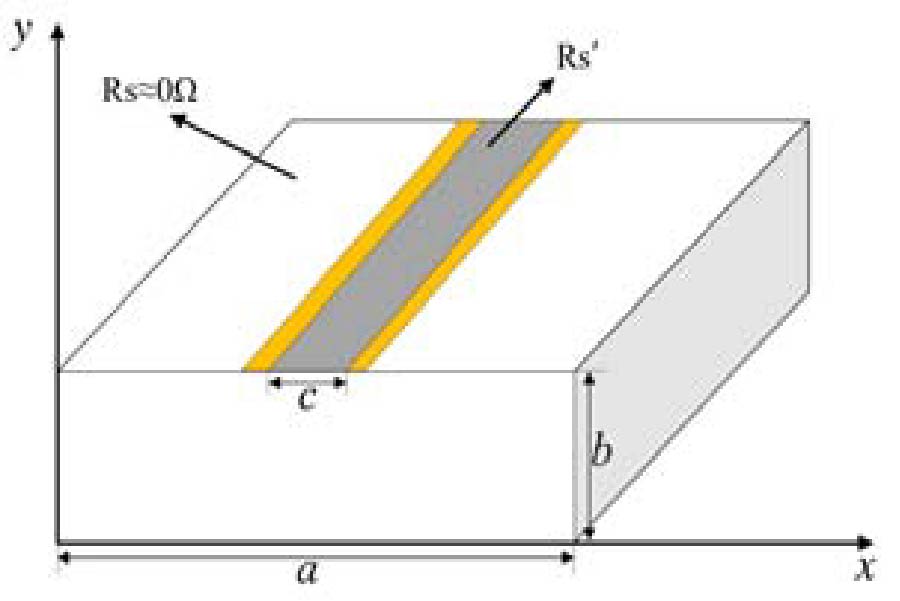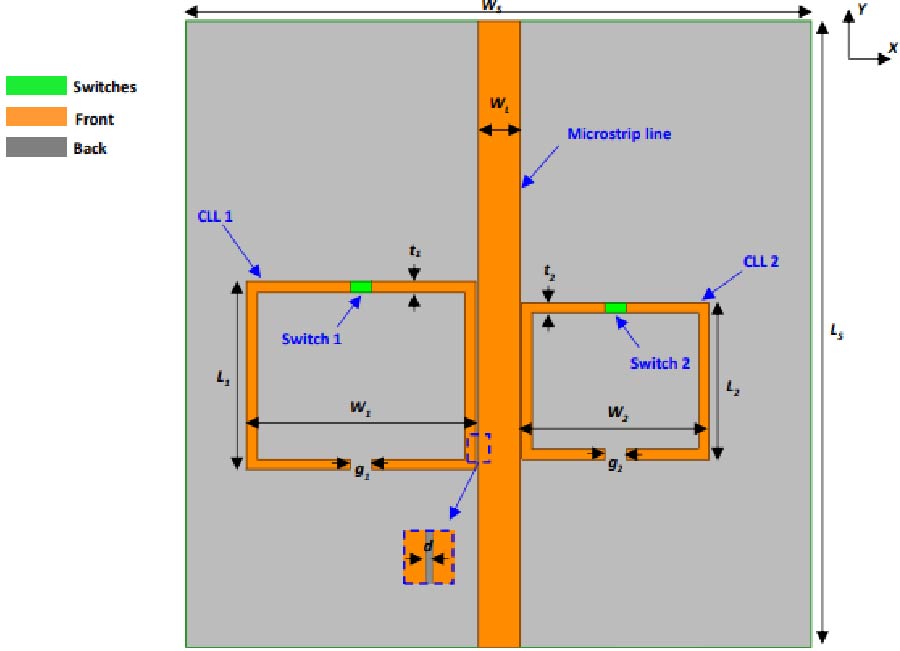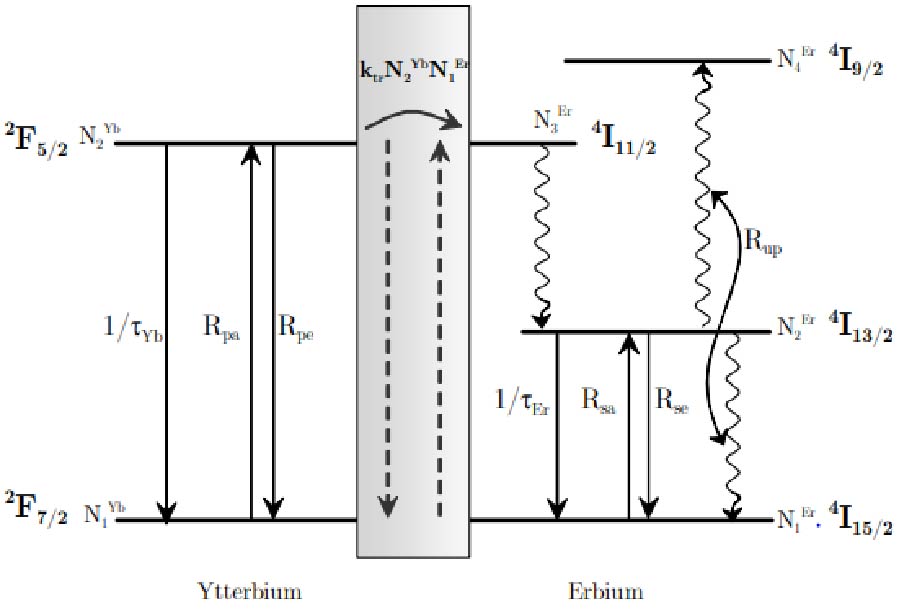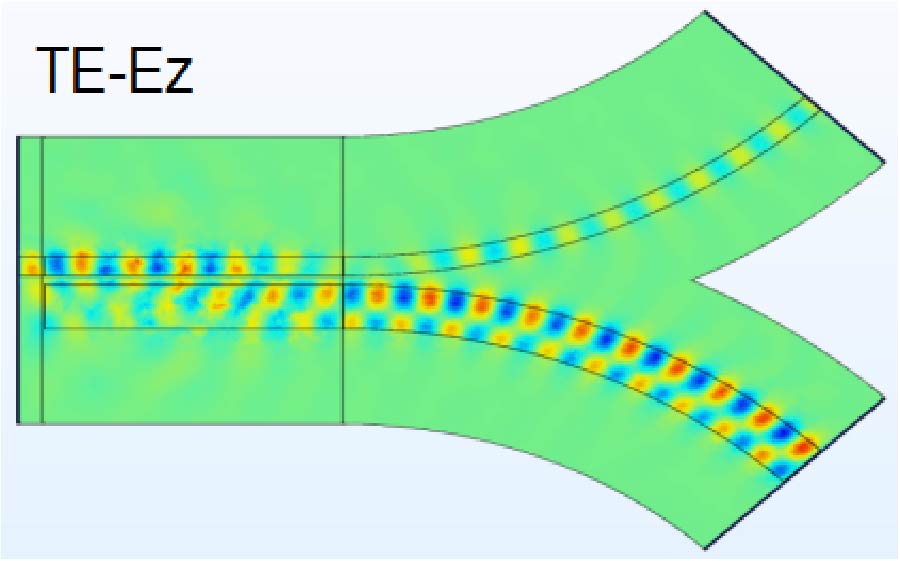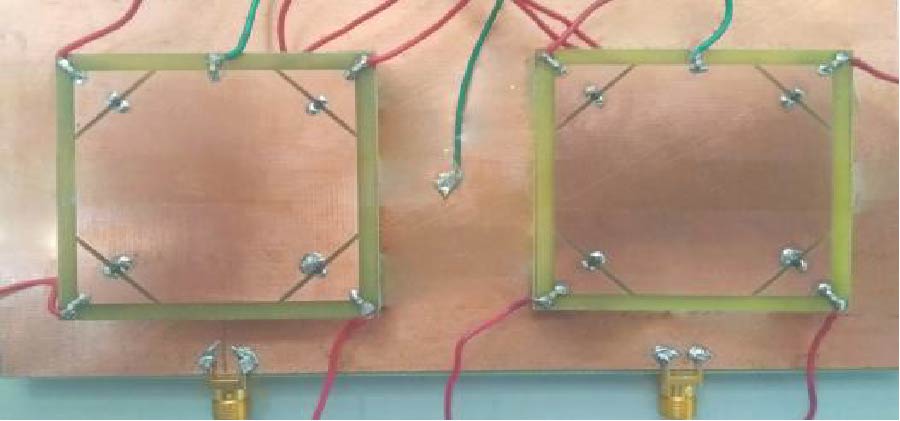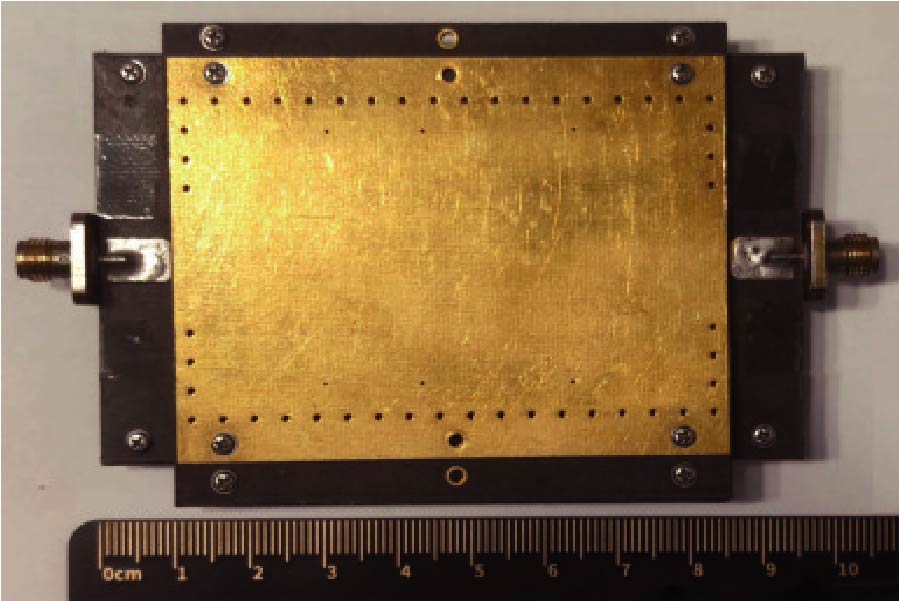Low-Cost Substrate Integrated Waveguide Equalizer Based on the Indium Tin Oxides Conductive Film
Jun Dong,
Fan Yin,
Taixing Jiang,
Xiang Zhong,
Yang Yang and
Hao Peng
A low-cost and mechanical reconfigurable substrate integrate waveguide (SIW) equalizer is presented and studied in this work. Different from the previous SIW equalizers using Tantalum Nitride (TaN) or absorbing material as the resistive element, the indium tin oxides (ITO) are introduced into SIW equalizer. The absorbing material will deform under uneven pressure due to the structural softness of material, resulting in instable equalizing values. Compared with the absorbing material, ITO provides more structural stability, excellent high frequency characteristic, and can be easily integrated with traditional printed circuit board (PCB). Furthermore, an equalizer with reconfigurable equalizing values can be realized by adjusting ITO materials with different impedances. A SIW equalizer based on the ITO Conductive Film, operating from 26 to 40 GHz, has been designed, fabricated and experimentally verified. For measurement results, the return losses are better than -17.4 dB with 3, 6, and 10 dB equalizing values respectively over the entire Ka-band, and the insertion losses at the frequency point of 40 GHz are -2.89 dB, -4.80 dB, and -7.37 dB, respectively. The proposed equalizer presents the advantages of mechanical reconfigurable, low cost, and high stability. In addition, ITO Conductive Film is a good candidate for the design of high millimeter-wave band equalizer.
